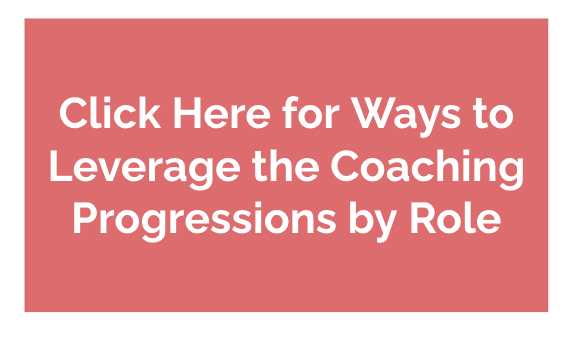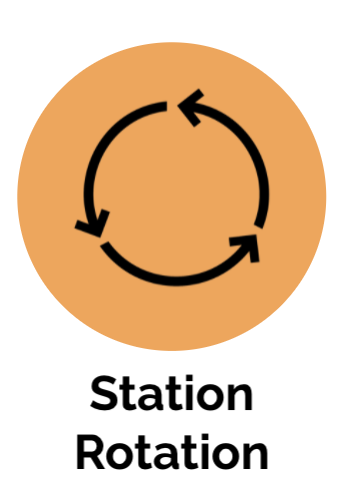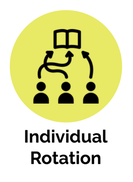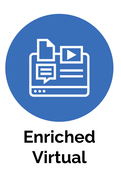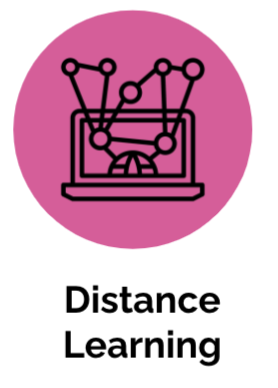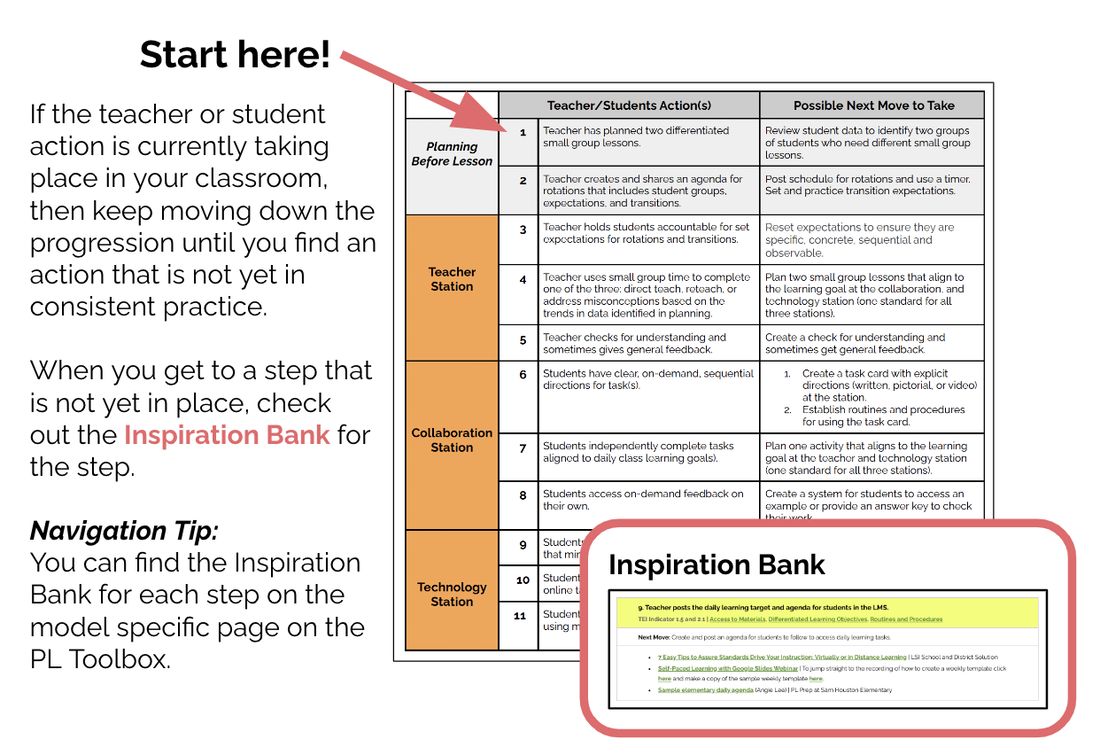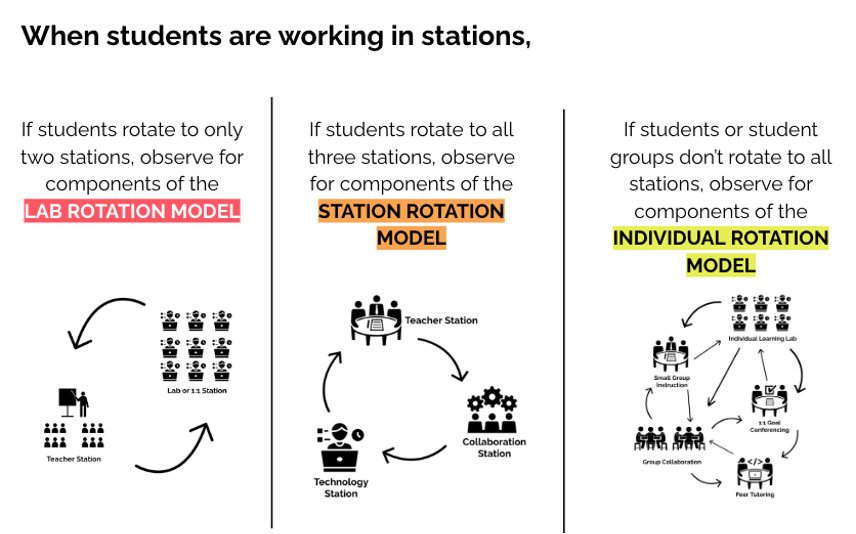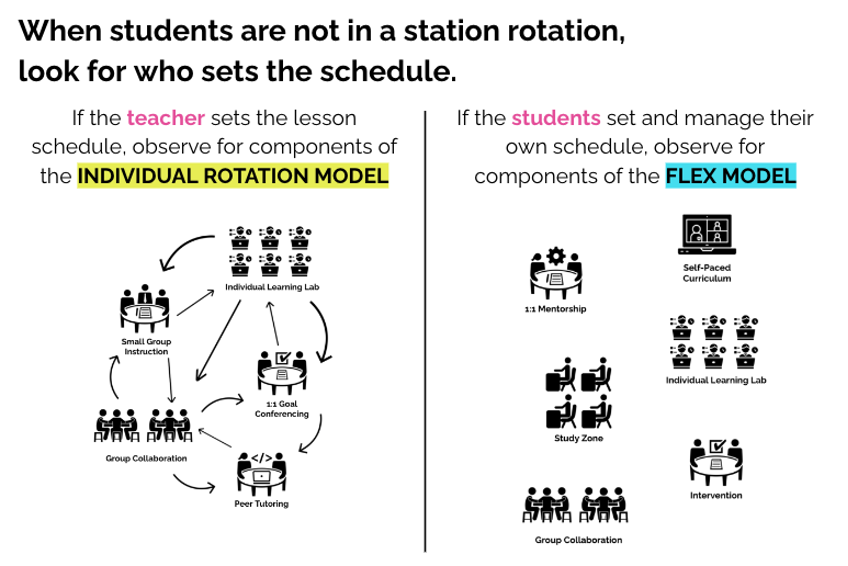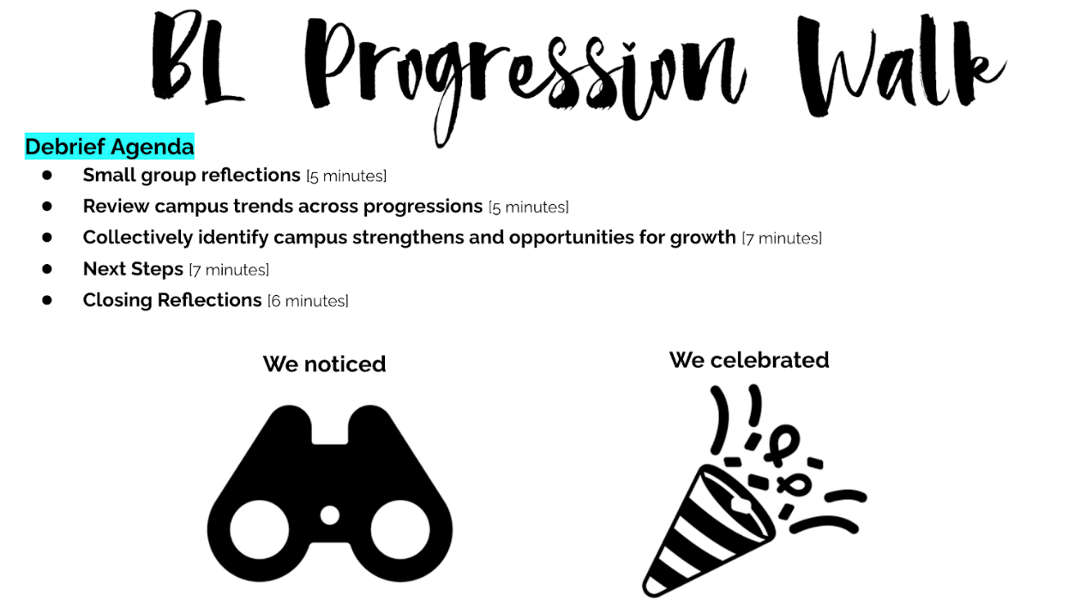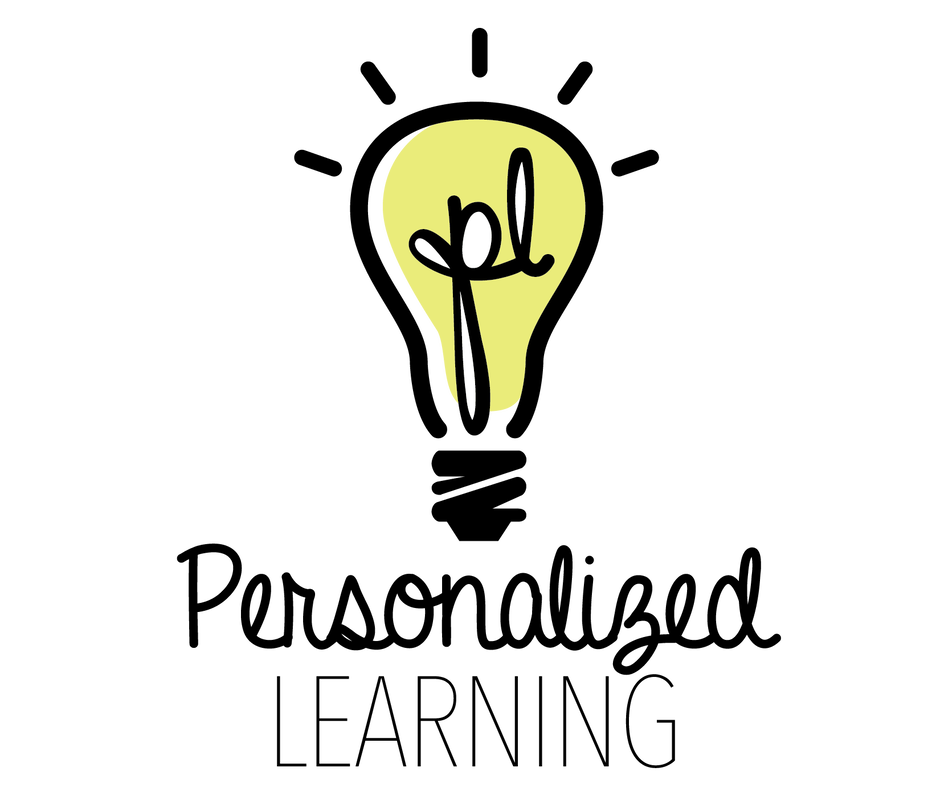Coaching Progressions are tools that identify the necessary steps to take when implementing a specific blended learning model. A progression is a pathway a learner might take to reach the end goal or learning target. The ultimate goal of each progression is to help teachers-- working on their own or with a supportive coach, leverage blended learning to personalize instruction for every learner in his or her classroom.
Each progression is carefully sequenced across three phases of implementation:
By design, our PL Coaching and Development Rubric does not reference any specific model because all teacher and student actions exist in a personalized learning environment regardless of model. The coaching progression tools are the first and only tools that suggest sequential steps to take to move towards a personalized blended environment that are specific to a model. The suggested next moves to take are just that, suggested. Suggested next steps are not the only way to advance towards personalization, they are the most common moves we’ve seen over our years of coaching implementation.
Click on the models below to learn more and access resources and inspiration for implementation.
Each progression is carefully sequenced across three phases of implementation:
- Foundation- Identifies the sequence of teacher and student actions that must be mastered in order to establish the foundation for effective implementation of the model.
- Differentiated- Identifies the sequence of teacher and student actions that enables differentiation for effective implementation.
- Personalized- Builds on the Foundation and Differentiated phases to identify the sequence of teacher and student actions that meet the need and interest of every learner.
By design, our PL Coaching and Development Rubric does not reference any specific model because all teacher and student actions exist in a personalized learning environment regardless of model. The coaching progression tools are the first and only tools that suggest sequential steps to take to move towards a personalized blended environment that are specific to a model. The suggested next moves to take are just that, suggested. Suggested next steps are not the only way to advance towards personalization, they are the most common moves we’ve seen over our years of coaching implementation.
Click on the models below to learn more and access resources and inspiration for implementation.
Ways to Leverage the Coaching Progressions
I am a Teacher
Whether you’re new to or already implementing blended learning in the classroom, the progressions provide step-by-step teacher/student actions that help you move from whole group instruction to an environment that’s personalized. Use the progressions to reflect on current practice and identify what next move you might take to move closer to creating more differentiated and personalized opportunities for students.
Begin with the foundation phase and reflect on each step in sequential order. If that action is taking place in your classroom, then keep moving down the progression until you find an action that is not yet in consistent practice. Then check out the Possible Next Move to Take to the right of this step for what it could look like to try this out in your classroom. Use the Inspiration Bank provided for each progression for aligned resources and examples for every step for additional ideas and strategies to help you move forward.
Begin with the foundation phase and reflect on each step in sequential order. If that action is taking place in your classroom, then keep moving down the progression until you find an action that is not yet in consistent practice. Then check out the Possible Next Move to Take to the right of this step for what it could look like to try this out in your classroom. Use the Inspiration Bank provided for each progression for aligned resources and examples for every step for additional ideas and strategies to help you move forward.
I am a School Leader
These tools can aid in establishing a common language for implementation and setting clear expectations for implementing blended learning. When blended learning is fully actualized, many teachers use student data to select different models to meet the needs of all learners. The progressions could be used to support individual teacher goal setting and establish a coaching cycle that meets teachers where they are at in implementing one of the models.
When you observe, begin by identifying which blended learning model a teacher is using. Consider using the graphics below that suggest what model you might see based on key actions. As you observe, begin with action 1 and look for artifacts or evidence that the teacher/student action is in place. Continue to move through the progression until you get to an action that is not yet in place. Where you land is what we like to call, a progression pause. Check out the Possible Next Move to Take to the right of this step for what you might suggest in a coaching conversation with the teacher.
When you observe, begin by identifying which blended learning model a teacher is using. Consider using the graphics below that suggest what model you might see based on key actions. As you observe, begin with action 1 and look for artifacts or evidence that the teacher/student action is in place. Continue to move through the progression until you get to an action that is not yet in place. Where you land is what we like to call, a progression pause. Check out the Possible Next Move to Take to the right of this step for what you might suggest in a coaching conversation with the teacher.
Use the descriptions below to help you identify which blended learning model a teacher might be using in the classroom.
I am a District Leader
BL Progression Walks are a great way to norm on models and practice using the progression tools across multiple teams. Before walking, make sure to establish purpose and a set of norms for observations. As you observe, take note of what model(s) teachers are using and identify what step each teacher is at on the progression. After observing, this data can help you celebrate progress and identify trends across model implementation so that you can provide targeted professional development and coaching related to the model(s).
Sample Debrief Agenda
